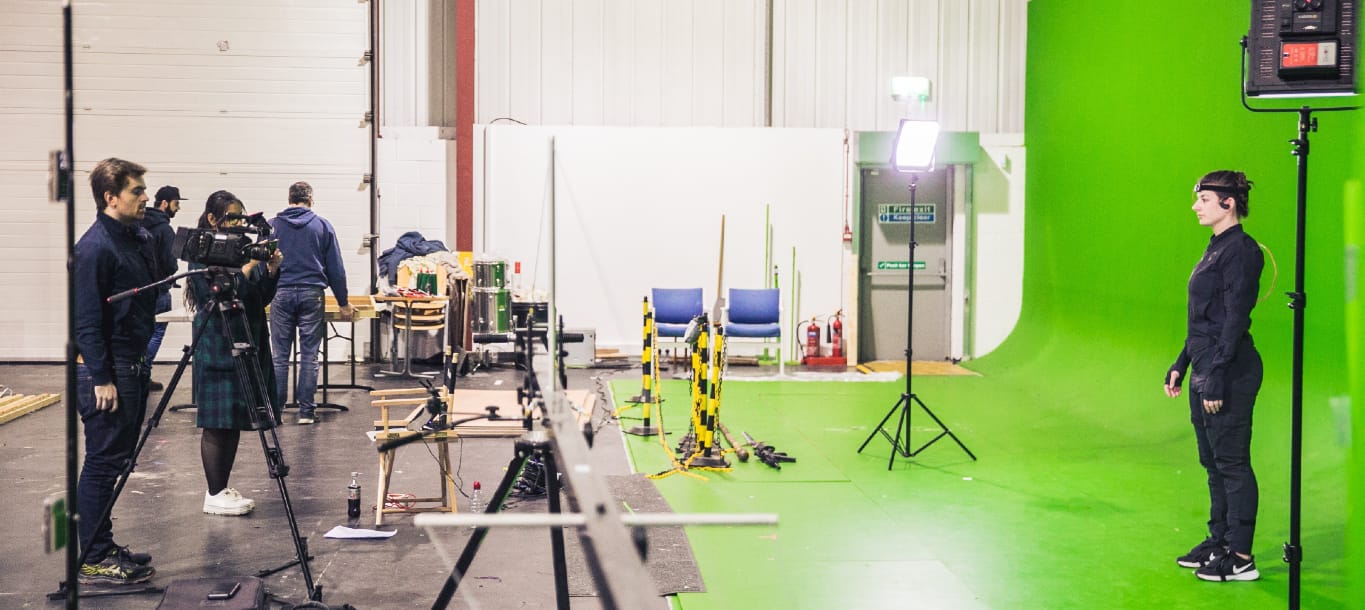What is VFX?
VFX or visual effects is the process by which images are manipulated to create enhanced effects for a film, TV show or video game. It’s used when a scene needs to be created that is either based on fantasy, or creates an environment that is too dangerous for the actors. To ensure that the scene looks as realistic as possible, real-life footage and manipulated images are combined. The use of VFX makes a scene stand out, and enhances the user’s fascination and immersion in what they’re watching. Examples of VFX include: spaceships flying through space in Star Wars, and the creation of digital ocean water in Titanic.
What is the difference between VFX and SFX?
SFX or Special Effects, and VFX are two different types of film effects. While VFX are added in after the film is shot, during post-production, SFX are completed while the film is being shot. Examples of SFX include: prosthetic makeup, pyrotechnics, and fake weather.
What is the history of VFX?
The first person to use VFX in films was a French inventor called Louis Le Prince. He designed the first ever motion-picture camera, and was the first person to shoot a moving picture sequence in 1888. In 1902, the French inventor George Méliès was the first person to use stop-motion animation. By the 1930s, the invention of optical composition allowed for the illusion of depth in a 2D image. This technology was the norm for all VFX used in Hollywood films until the 1950s, when computer technology resulted in previously impossible special effects.
In the 1960s and 1970s, VFX began to play a large role in the development of feature films, with new digital technologies resulting in special effects that looked more realistic. CGI was designed, and the digital camera was introduced in the 1980s. The development of the digital camera gave rise to ‘digital compositing’, the process by which digital images are manipulated with VFX. Since then, VFX has only developed further, with processes like photorealistic VFX inspiring a brand new generation of VFX artists.
What is the future of VFX?
Despite the fact that VFX has developed so much recently, there are still so many new developments. Current VFX artists are developing technologies that will result in better simulated humans, believable facial animation, and the use of virtual sets as an alternative to shooting on location. There are even suggestions that VFX will be added to films after they are released, in case a film isn’t performing as expected.
What careers are there within the VFX industry?
The most popular career path is as a VFX Artist. These individuals create high quality VFX for a range of media, using cutting-edge special effects to ensure that it stands out. Imagine watching a film and knowing you were part of the team that designed the VFX! Or, if you’d like to combine your passion for physics with VFX artistry, you can specialise in software development. Working with footage from films, you’ll design, develop and maintain VFX software, and be responsible for fixing bugs.
How can I secure a career as a VFX Artist?
VFX is an incredibly competitive industry, so you’ll need a stellar resume. Most VFX Artists have an undergraduate degree or a Higher National Diploma, but it’s possible to enter the field without a degree. There are also VFX apprenticeships available.
To show you’re passionate about the industry, look for work experience opportunities, or complete your own personal projects. The work you complete should be used to build up a showreel, to highlight your VFX skills. When choosing which images to include in your showreel, prioritise a small number of high quality images, over numerous images of low or medium quality.
